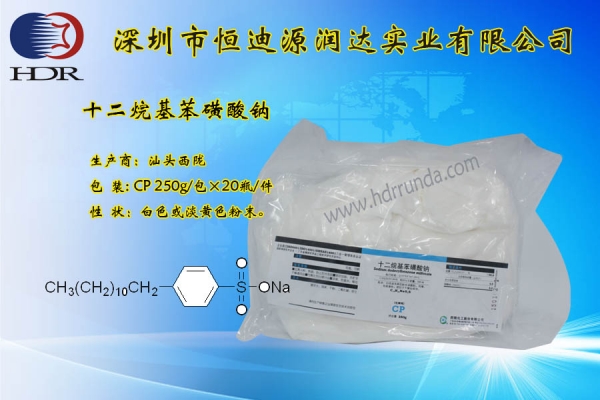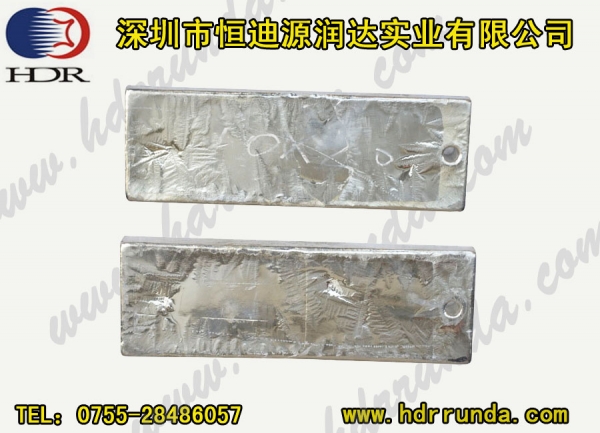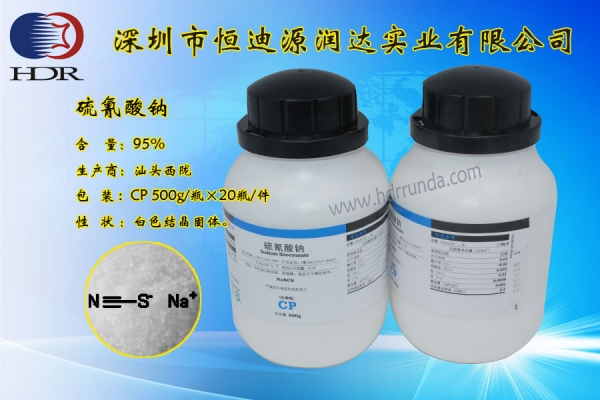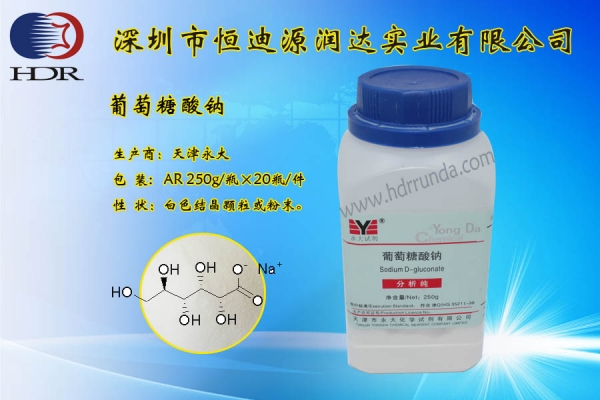A, use
1. Used for bleaching cotton fabric and organic matter;
2. Used as reducing agent in dyestuff, papermaking, leather making, chemical synthesis and other industries;
3. The pharmaceutical industry is used to produce intermediates of analgin and aminopyrine;
4. Edible grade products are used as bleach, antiseptic and antioxidant;
5. Used for the treatment of chromium-containing wastewater and as an electroplating additive.
2. Determination method
REDOX titration
Method name: sodium bisulfite methyl naphquinone API -- determination of sodium bisulfite -- REDOX titration method
Application: this method USES titration method to determine the content of sodium bisulfite in sodium menadione bisulfite API.
The method is suitable for sodium bisulfite menaphone bulk drug.
Three, method principle
After the test product was dissolved with water, an appropriate amount of precision iodide titrant was taken, mixed with a dense mixture, and placed for 5 minutes. 1mL hydrochloric acid was added slowly, titrated with sodium thiosulfate titrant (0.1mol/L), and the titrant results were corrected by blank test.The content of sodium bisulfite was calculated according to the amount of titrate used.
4. Instruments and equipment
Sample preparation: 1. Iodine titrant (0.05mol/L)
Preparation: after taking 13.0g iodine, adding 36g potassium iodide and dissolving with 50mL water, adding 3 drops of hydrochloric acid and an appropriate amount of water to make it into 1000mL, shaking well, and filtering with a hanging glass filter.
Calibration: take the 105 ℃ drying to constant weight benchmark arsenic trioxide is about 0.15 g, precision said, adding sodium hydroxide titration fluid (1 mol/L) 10 ml, slight fever dissolved, add water 20 ml with methyl orange indicator liquid 1 drop, add sulfuric acid standard solution (0.5 mol/L) right amount to make yellow into pink, add 2 g sodium bicarbonate, water 50 ml and 2 ml, indicating liquid starch with the droplets to solution show pale blue and purple.Each 1mL of iodine titrant (0.05mol/L) is equivalent to 4.946mg of arsenic trioxide.The concentration of the liquid was calculated according to the consumption of the liquid and the amount of arsenic trioxide.
Other methods
2. Sodium hydroxide titrate (1mol/L)
Preparation: take sodium hydroxide and shake it with water to dissolve it into a saturated solution. After cooling, put it into a polythene plastic bottle and let it sit for a few days.Take 56mL of the clarified sodium hydroxide saturated solution, add the newly boiled cold water to make it into 1000mL, and shake well.
Calibration: the standard potassium hydrogen phthalate dried at 105℃ to a constant weight was about 6g, accurately weighed, added with newly boiled cold water 50mL, shaken to dissolve it as far as possible, added with 2 drops of phenolphthalein indicator liquid, titrated to the solution with a pink color.Each 1mL of sodium hydroxide titrate (1mol/L) is equivalent to 204.2mg of potassium hydrogen phthalate.The concentration of the liquid was calculated according to the consumption of the liquid and the amount of potassium hydrogen phthalate.
Storage: put it in a polythene plastic bottle and keep it sealed.There are two holes in the plug, and one glass tube is inserted into each hole. One tube is connected with the sodium lime tube, and the other tube is used for sucking out the liquid.
3. Methyl orange indicator liquid
Take 0.1g methyl orange and add 100mL water to dissolve it.
4. Sulfuric acid titrant (0.5mol/L)
Preparation: take 30mL sulfuric acid, slowly inject appropriate amount of water, cool to room temperature, add water to dilute to 1000mL, shake well.
Calibration: the standard anhydrous sodium carbonate dried at 270~300℃ to a constant weight was about 1.5g, accurately weighed, and added 50mL water to dissolve. 10 drops of methyl red-bromocresol green mixed indicator liquid were added. When the solution was changed from green to magenta, the solution was boiled for 2 minutes, cooled to room temperature, and titrated until the solution changed from green to dark purple.Each 1mL of sulfuric acid titrant (0.5mol/L) is equivalent to 53.00mg of anhydrous sodium carbonate.According to the liquid consumption and the amount of anhydrous sodium carbonate, calculate the concentration of the liquid.
5. Starch indicator liquid
Take 0.5g soluble starch, add 5mL water, stir well, pour it into 100mL boiling water, stir with the addition, continue to boil for 2 minutes, cool it, pour the supernatant, then use the new solution.
6. Phenolphthalein indicator solution
Take 1g phenolphthalein and add 100mL ethanol to dissolve it.
7. Methyl red-bromocresol green mixed indicator liquid
Take 20mL ethanol solution of 0.1% methyl red, add 30mL ethanol solution of 0.2% bromocresol green, shake well.
8. Titrate of sodium thiosulfate (0.1mol/L)
Preparation: take 26g of sodium thiosulfate and 0.20g of anhydrous sodium carbonate, add an appropriate amount of newly boiled cold water to dissolve them into 1000mL, shake them well, leave them for 1 month and strain them.
Calibration: take benchmark in 120 ℃ drying to constant weight 0.15 g, potassium dichromate precision said, iodine in a bottle and 50 ml of water dissolving, 2.0 g, potassium iodide and vibration wave gently dissolve, add 40 ml dilute sulphuric acid, shake well, plug, in the dark place after 10 minutes, 250 ml water dilution, use the droplets to nearly the end of added starch indicating liquid 3 ml, continue titration to disappear blue and light green, and the titration results by blank test correction.Each 1mL titrate of sodium thiosulfate (0.1mol/L) is equivalent to 4.903mg of potassium dichromate.The concentration of the liquid was calculated according to the consumption of the liquid and the amount of potassium dichromate.
When the room temperature is above 25℃, the reaction liquid and dilution water should be cooled to about 20℃.
9. Dilute sulphuric acid
Take 57mL sulfuric acid and dilute it with water to 1000mL.
Steps: precision said to take about 1.5 g, of the 100 ml volumetric flask, vibration and water dissolving, and diluted to scale, shake well, precision measuring 15 ml, set plug in the conical flask, precision and iodine titration fluid (0.05 mol/L) 25 ml, dense mixed and placed for 5 minutes, slowly add 1 ml of hydrochloric acid, with sodium thiosulfate standard solution titration (0.1 mol/L), near the end of the add starch indicating liquid 3 ml, continue titration to blue disappears, and the titration results by blank test correction.Each 1mL of iodine titrant (0.05mol/L) was equivalent to 5.203mg of NaHSO3.








 淘宝旺旺
淘宝旺旺


